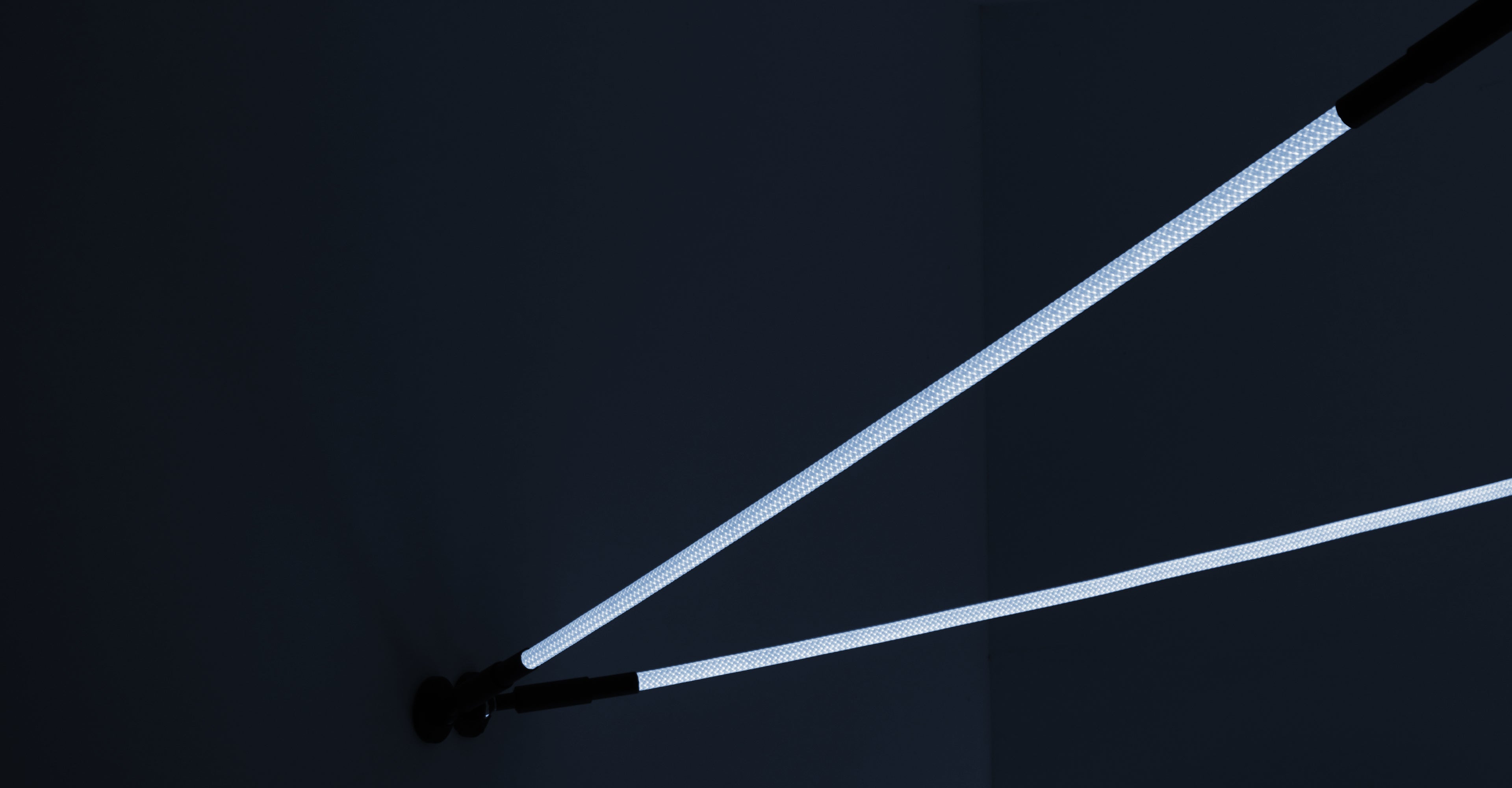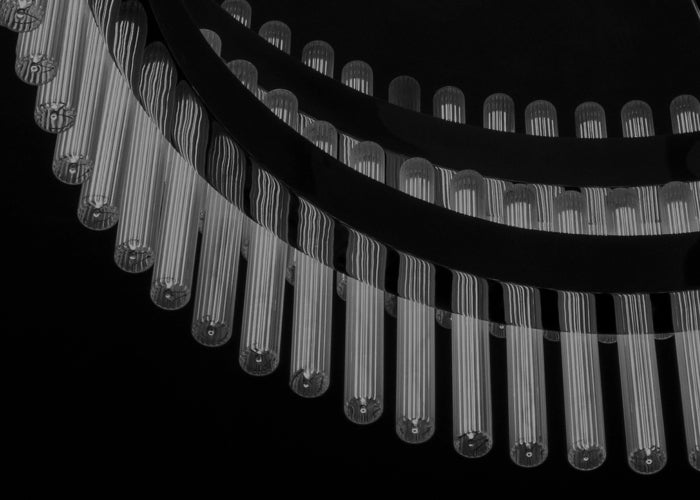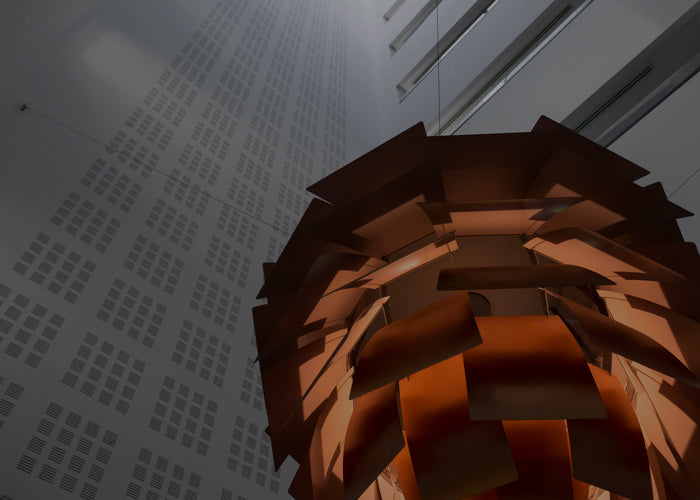What is a Floor Lamp?
A floor lamp is a common indoor lighting fixture, typically supported by a base or stand, with one or more light fixtures installed at the top. Floor lamps are often placed on the floor of a room, providing either general or localized illumination and serving as decorative elements. They come in various shapes and styles, including modern, traditional, and artistic designs, catering to different preferences and needs.

Floor Lamps Typically Consist of the Following Components
- a. Base or stand: The supporting structure of the floor lamp, usually a vertical column or base, to support the upper part of the lamp.
- b. Light fixture: The part located at the top of the stand or base, including lampshades, light bulbs, or other light sources.
- c. Power cord and switch: Floor lamps need to be connected to a power source, with corresponding power cords and switches to control the lamp.
- d. Adjustment device: Some floor lamps allow adjustment of light brightness, color temperature, or direction to meet different lighting needs.
Floor lamps come in different designs and functionalities, suitable for various occasions and purposes, such as living rooms, bedrooms, offices, etc., providing comfortable lighting and decorative effects.

Why Use Floor Lamps?
- a. Providing illumination: Floor lamps provide additional illumination, especially in larger rooms or complex layouts, filling areas not covered by main lighting fixtures.
- b. Creating ambiance: Floor lamps create a warm and comfortable atmosphere with their soft light and unique designs.
- c. Localized lighting: Floor lamps can focus light in reading corners, next to sofas, or highlight specific decorations.
- d. Decorative effect: Floor lamps are decorative pieces that can become focal points, adding artistry and taste.
- e. Functionality: Adjustable features make floor lamps versatile, meeting different lighting needs.

What are the Types of Floor Lamps?
- a. Reading lamps: Upright lamps with adjustable heads, providing comfortable reading light, often placed next to sofas or beds.
- b. Arc floor lamps: Curved design with adjustable lamp heads, hanging over seating areas without occupying space.
- c. Table lamp type floor lamps: Similar to table lamps but larger, used for localized lighting or decoration.
- d. Art decorative lamps: Unique designs focusing on artistic qualities, using various materials like glass, metal, or wood.
- e. Multi-head floor lamps: Multiple lamp heads providing stronger lighting for larger spaces.
- f. Modern design lamps: Simple, stylish designs emphasizing functionality, suitable for modern home decor.
These are common types of floor lamps, each with unique design and functionality for selection based on needs and preferences.

What Spaces Are Floor Lamps Suitable For?
- a. Living room: Supplement main lighting, provide soft ambient or localized lighting, creating a comfortable atmosphere.
- b. Bedroom: Used as bedside or reading lamps, providing soft light and decorative warmth.
- c. Study or office: Used as reading or work lamps, adding personality and style to the space.
- d. Dining room: Decorative or supplementary lighting, enhancing dining ambiance.
- e. Hallway or entrance: Provides navigation, lighting, and decorative effects, enhancing the space visually.
In general, floor lamps are suitable for various indoor spaces and can be selected according to actual needs and preferences.

How to Choose the Right Floor Lamp?
- a. Determine lighting needs: Decide if the lamp is for general, localized, or decorative lighting.
- b. Consider space layout: Ensure lamp matches space size, layout, furniture, and decor style.
- c. Choose the right height and size: Select appropriate height and size based on placement location and lighting range.
- d. Consider lamp type and functionality: Choose adjustable or decorative lamps as per actual needs.
- e. Pay attention to light and color temperature: Ensure brightness and color temperature suit intended purpose and create comfort.
- f. Quality and durability: Select durable materials and good craftsmanship for long-term reliability.
- g. Consider adjustment and smart functions: Lamps with smart control or adjustable features enhance flexibility and convenience.
Selecting the right floor lamp requires considering multiple factors, ensuring it meets lighting needs and matches the space style and layout.

Purchase Tips
- Measure the space accurately and plan installation location and lamp size to match requirements.
- Develop an overall lighting plan to enhance brightness and comfort.
- Choose a lamp type matching the decor style and furnishings to improve ambiance and visual effect.








